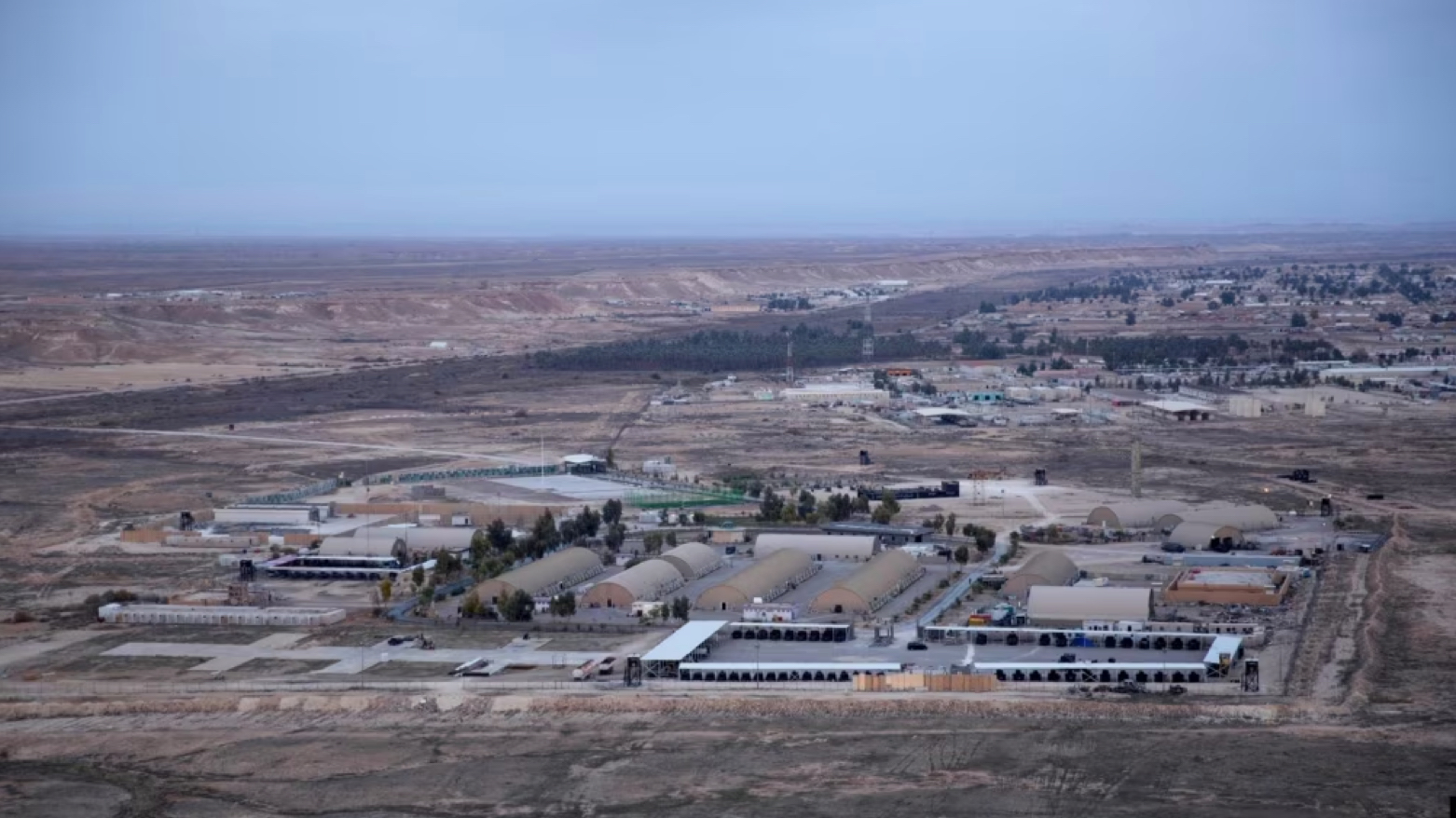Pentagon: 13 Attacks on U.S. Troops in Iraq, Syria over Past Week

WASHINGTON DC, United States (Kurdistan 24) – For the first time, the U.S. Defense Department has provided hard figures on the attacks over the past week that targeted U.S. troops based in Iraq and Syria and who are in those countries for the purpose of fighting ISIS.
Those attacks are being carried out by pro-Iranian militias, and they appear to be part of a broader approach, orchestrated by Iran and triggered by Hamas’s brutal Oct. 7 assault on Israel.
As Pentagon Press Secretary, Brig. Gen. Pat Ryder, told reporters on Tuesday, there were 13 attacks on U.S. troops in Iraq and Syria between Oct. 17 and Oct. 24.
Indeed, already last Friday, Kurdistan 24 noted the increase in such attacks and detailed them.
Read More: Third Day of Drone, Rocket Attacks by Pro-Iranian Militias
According to the count that Ryder provided on Tuesday, 10 of the 13 attacks were directed against U.S. forces in Iraq, while the other three targeted US forces in Syria.
Also on Tuesday, Reuters reported that there had been an attack that day on U.S. troops at Ain al-Asad Airbase in western Iraq. However, Ryder could not confirm that, and he cautioned against crediting the widespread misinformation circulating about this issue.
Following Ryder’s briefing, the Pentagon provided data on the injuries to U.S. troops in those attacks.
“At least 24 U.S. troops were hurt”, The Washington Post reported. The vast bulk of casualties came from one incident: an Oct. 18 strike against al-Tanf Garrison in southeast Syria, in which 20 U.S. troops suffered “minor injuries,” when “multiple one-way drones targeted the base,” the report added.
It also explained that all of those injured had recovered and returned to duty.
Yet, as the Post noted, “the Biden administration has withheld those details for days.” It did so, even while it charged, in general terms, “that militants supported by Iran have intensified their targeting of American personnel.”
Downplaying Iran’s Role
Since the conflict began with Hamas’s Oct. 7 assault, the Biden administration has sought to downplay Iran’s role, even though that assault was extraordinary in its size, as well as in the number of fatalities it inflicted on Israelis: some 1,400 dead in one day.
The assault was also extraordinary in the number of hostages—over 200—that Hamas seized. And the preparations for the attack were conducted with such great secrecy that Israel's vaunted intelligence service failed to detect it or provide any warning.
Generally speaking, when a terrorist group carries out an attack that is significantly beyond what is considered to be its capabilities, the most obvious explanation for how that could have happened is that the terrorist group had help. And the most obvious source of that help is a terrorist state.
The Biden administration, however, has been reluctant to say that and suggest that Iran is a significant player in these assaults.
Still, in recent days, that appears to be changing. As Ryder, speaking of the attacks in Iraq and Syria, stated on Tuesday, “We know that the groups conducting these attacks are supported by the IRGC [Islamic Revolutionary Guard Corps] and the Iranian regime.”
But that still falls short. What are the consequences for attacking U.S. forces? There seem to be none.
The administration’s policy still seems to be that it will defend against the small-scale attacks conducted by Iranian proxy forces, while it will deter direct Iranian involvement with the large-scale naval build-up that Secretary of Defense Lloyd Austin announced on Saturday.
The result, predictably enough, is that the attacks carried out by Iran’s proxies on U.S. forces continue, because there is no penalty for conducting them—no penalty for the proxies and no penalty for Iran.
